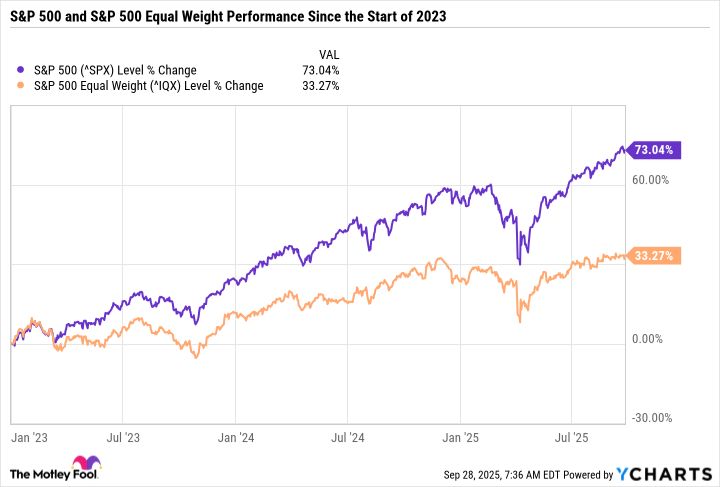 ADVERTISEMENT
ADVERTISEMENT
The steel sector raised the alarm on Wednesday over the fate of Europe’s steel jobs due to the dual impact of Chinese surplus entering the EU market and punitive US tariffs targeting European steel production.
“Europeans have to do something. They have to find strong answers against these overcapacities because if they don’t we will lose all our jobs and all our confidence,” Manuel Bloemers, from the powerful German union IG Metall, told Euronews.
“In Germany, the steel industry is heavily impacted from these imports. Thyssenkrupp has a lot of layoffs planned,” he added.
European Commission Vice-President Stéphane Séjourné convened an emergency summit in Brussels with both steel industry leaders and unions to explore urgent solutions.
The European steel industry currently supports around 2.5 million direct and indirect jobs across the EU, with Germany, Italy and France being the main producers in 2024, according to data by EUROFER, a lobby that represents Europe’s leading steel producers.
Thyssenkrupp Steel alone has announced plans to cut up to 11,000 jobs — around 40% of its German workforce — by 2030. Across Europe, thousands of jobs are also under threat at ArcelorMittal, the world’s second-largest steel producer.
The past year was a challenging one for the sector, which saw a loss of 18,000 jobs in the EU, according to IndustriAll, the European steel union.
The situation may worsen with the new trade policy implemented by US President Donald Trump, industry representatives believe.
Since June, the US has imposed 50% tariffs on steel imports and an influx of heavily subsidised Chinese steel is diverted from the US to the EU market, lowering prices and revenues of the EU industry.
EUROFER has called for measures to slash foreign steel imports by half.
“The big risks we have as Europeans is that not only our exports into the US are being limited, but also the imports which are directed to the US usually are landing in an unprotected Europe,” Henrik Adam, president of EUROFER said.
After weeks of transatlantic trade tensions, the EU and the US reached a trade deal in July, which includes a 15% US tariff on all EU imports, while maintaining 50% tariffs on steel and aluminium — a bitter setback for the sector.
The Commission has told Euronews it will unveil new measures of protection for the market at next week’s European Parliament plenary session in Strasbourg.
‘Time is running out’
“Time is running out,” warned German MEP Jens Geier (S&D), describing the outlook as “anxious” for workers across the continent.
“This is a worthwhile timely initiative by the commission to propose this defence instruments since we all are eager to see action from the Commission,” the MEP said.
To respond to the crisis, the steel industry is proposing a tariff rate quota system: imports above a certain threshold would be subject to a 50% tariff. The threshold remains to be determined.
The quota aligns with a proposal launched in July by France, backed by 10 other EU member states, which notes that the new system “must apply to all third countries without exception.”
Since 2019, the European Commission has implemented safeguard measures to limit imports of foreign steel. However, those are set to expire in 2026, and EUROFER argues the current rules have already proven insufficient, with foreign steel imports doubling over that period.
The OECD published data in April showing that global steel overcapacities stood at 600 million tonnes in 2023 and are expected to rise to 720 million tonnes next year.
To stand its ground, the EU hopes the US will agree to lower its tariffs.
Negotiations between Brussels and Washington are expected to resume once the Commission has finalised its approach to protecting the sector.
The White House will then assess what it is willing to grant the Europeans. But talks are expected to be difficult, as Trump is pushing to bring production capacity back to US soil.
“Our steel and aluminum industries are coming back like never before. This will be yet another big jolt of great news for our wonderful steel and aluminum workers. Make America great again,” Trump wrote on his Truth Social platform in May.

































